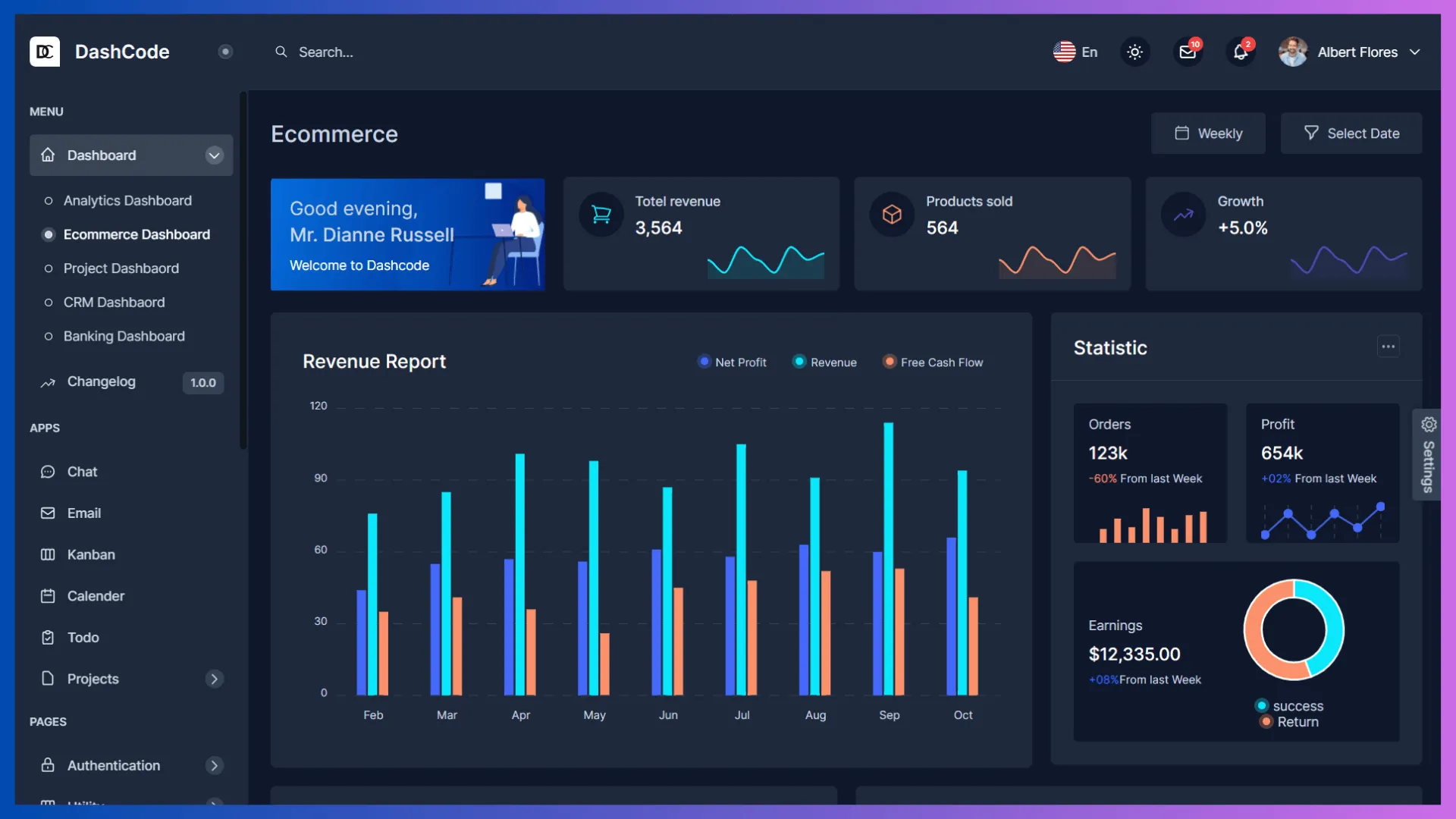How I’m Learning to Manage My Time Without Losing My Mind
I used to think being busy meant being productive.
My day would start with a vague idea of what I needed to do and end with a long list of unfinished tasks, a few YouTube rabbit holes explored, and the same nagging thought: “Where did all my time go?”
For a long time, I struggled with managing my time. I had the motivation to work on myself — to learn, to grow, to build things — but somehow I kept losing to distractions, fatigue, or just the lack of structure. Every day felt like a battle between the person I wanted to be and the habits I couldn’t shake.
That’s when I started experimenting. Not with new tools first, but with new mindsets.
Time Management Isn’t Natural for Everyone (And That’s Okay)
Let me be honest: I’m not someone who naturally thrives under structure. I wasn’t born with discipline. I didn’t grow up color-coding calendars or writing daily planners. In fact, my default state is chaos — tabs everywhere, ideas constantly bouncing in my head, and a to-do list that somehow keeps getting longer.
But at some point, I realized something painful but necessary:
If I don’t take control of my time, everything else takes it for me.
Scrolling apps, random articles, “just one more video,” unexpected tasks — they’ll eat my day, and I’ll be left hungry for purpose.
So I decided to fight back — slowly, imperfectly, but deliberately.
Time Blocking: Giving My Day a Backbone
One of the biggest breakthroughs for me was learning to use time blocking.
Instead of letting the day happen to me, I started blocking time for the things I cared about. Not just work — but learning, building projects, reviewing my progress, and even breaks.
I don’t follow a rigid schedule minute-by-minute. But I’ve created structure around my most important tasks, like:
- Freelance work in the morning
- Learning and personal projects in the evening
- A fixed time for job applications and networking
- 30 minutes at the end of the day just to reflect
It’s not always perfect. Sometimes I overshoot, or miss a block entirely. But having that structure helps me reset, catch myself, and realign.
Time blocking, for me, isn’t about strict control — it’s about clarity. I know what I’m supposed to be doing, when, and why. That’s a huge relief when your mind tends to wander.
Pomodoro: Tiny Sprints That Beat Burnout
I also started using the Pomodoro Technique, and honestly, it’s been a game changer.
The idea is simple: work for 25 minutes, then take a 5-minute break. After 4 cycles, take a longer break. It’s not rocket science, but it works. Here’s why it helped me:
- It gives me permission to take breaks without guilt.
- It adds urgency — I’m racing against a timer, so I procrastinate less.
- It protects me from burnout because I don’t try to grind for hours non-stop.
When I’m deep in a coding session or working on a design, those 25-minute sprints keep me focused. Even on days when motivation is low, I tell myself: “Just one Pomodoro.” Most times, that’s enough to get me started — and starting is half the battle.
I use a simple timer app on my phone, but there are tons of tools out there that make it easy to track your sessions.
Distractions: The Real Enemy
If you’ve ever sat down to work and ended up watching cat videos an hour later, you know what I mean.
Distractions are sneaky — they disguise themselves as quick breaks, harmless curiosities, or even productive detours. But for me, they were the biggest reason I couldn’t stay consistent.
I had to build a defense system.
Here’s what helped:
- Turning off non-essential notifications on my phone and desktop.
- Using site blockers during focus hours (YouTube, Twitter, etc.).
- Keeping a “distraction dump” — a sticky note where I write down tempting thoughts like “search this later” or “watch that video after work.”
- Creating an environment where focus feels natural — a clean workspace, lo-fi music, no open tabs that don’t belong.
I still mess up. But now, I mess up less. And I recover faster.
The Tools That Keep Me Grounded
I’m a big believer in systems — not just habits. Systems support you when your willpower runs low. For me, two tools made the biggest difference:
- A task manager: I use TickTick to capture everything I need to do, organized by projects, deadlines, and priorities. It’s where chaos meets structure.
- A time tracker: I use this to log how I actually spend my time. This was eye-opening. I thought I worked 8 hours a day — the tracker told me the truth. That helped me fix my blind spots.
At the end of each day, I review: What did I do well? What did I waste time on? What will I do differently tomorrow?
This simple routine helps me improve, slowly but surely.
Still Figuring It Out (And That’s Fine)
I won’t pretend I’ve mastered time management. I still have lazy days. I still fall into distractions. I still overplan sometimes and under-execute other times.
But I’m no longer clueless about where my time goes.
I’ve gone from chaotic days to intentional ones. From reacting to planning. From floating to navigating.
And the most important shift?
I stopped chasing perfection and started building consistency.
Final Thoughts: Time Management Is Self-Management
Time management isn’t really about calendars or timers. It’s about managing yourself — your energy, your attention, your priorities. It’s about taking responsibility for how you live.
I’m not there yet. But I’m on the way.
If you’re feeling overwhelmed, stuck, or frustrated with how your days keep slipping away — I get it. I’ve been there. I still visit sometimes.
But you don’t need a perfect system to start. You just need a starting point.
Try time blocking. Try Pomodoro. Try reflection.
Whatever you do — just don’t let your time be taken from you. Take it back.





